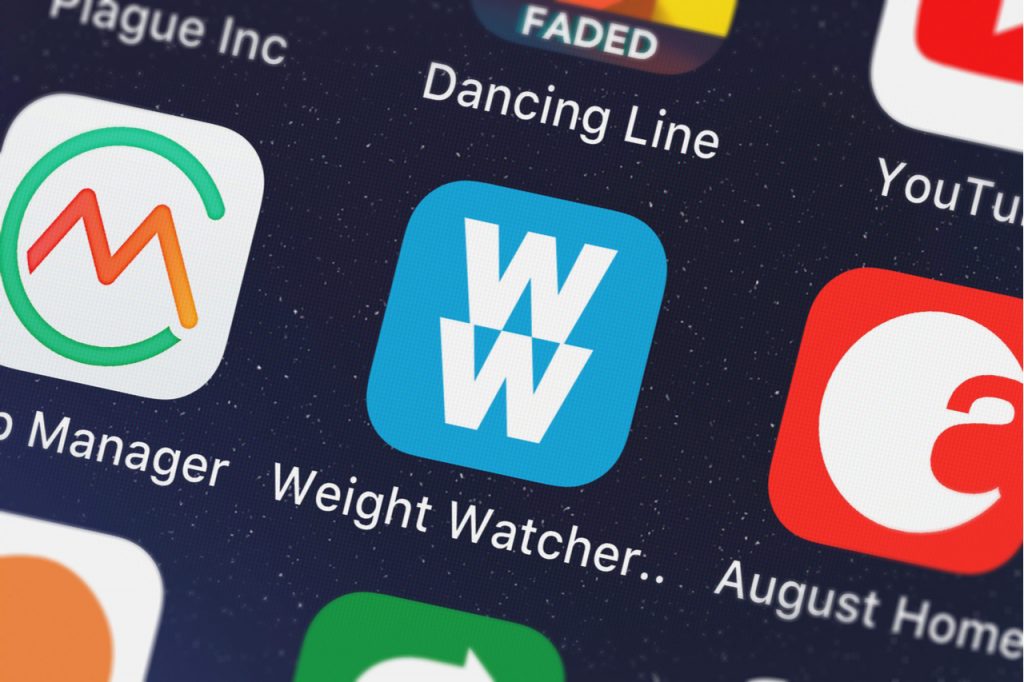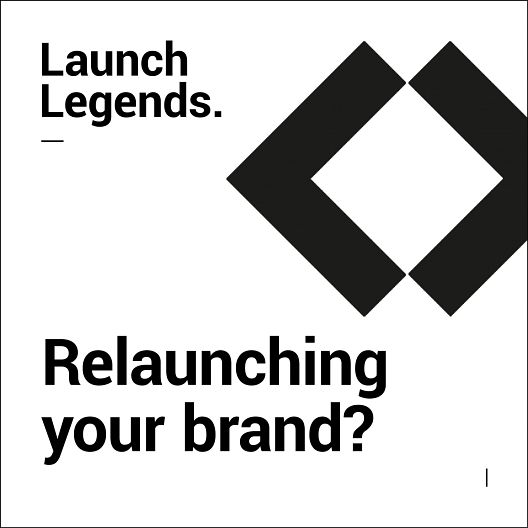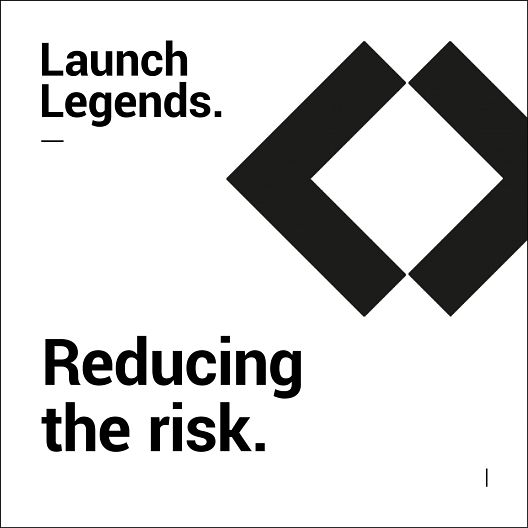Does your brand need a rebrand or a relaunch?
Launching a new brand is hard. When it goes well, careers are catapulted. When it goes badly, the organisation can struggle to recover momentum and shareholder confidence. Often there’s a change of personnel and the new guard have to do the forensics and decide whether the brand needs a complete overhaul and go through a rebrand or whether it just needs to be relaunched.
The same debate can also be had within brand marketing teams stewarding very established brands. Imagine the conversations at McDonalds and Coca-Cola in a time when consumer trends have shifted so dramatically. The brand equity in visual identity would never be surrendered, so their choice is to innovate, expand portfolios and seek to reposition the brand incrementally over time rather than try and rebrand for instant change.

For the vast majority of marketers managing brands that don’t have 99% unprompted awareness, the question of whether to rebrand or relaunch the brand may be answered with consideration to budget. Rebranding is hugely expensive and the risks are high. By contrast, relaunching may be your only choice, certainly, for an ambitious brand, it would be less risky than managing decline or stubbornly dealing with the consequences of a bungled launch.
It helps to define the terms. A rebrand involves a significant alteration to the brand and its identity: a new name, a new logo, new fonts, new tone of voice, new marketing strategy even a new way of operating. Ultimately it is about, giving the brand a new identity both inside and out.
A brand relaunch refers to a different approach to marketing a brand that may or may not involve making changes to the brand identity.

Rebranding is usually forced by operational or market conditions.
Here is a list of these conditions that may trigger a decision to rebrand:
Acquisition.
Your company has merged with or been acquired by another company. Do you consolidate brand name, do you fuse the two brand names together, or do you start afresh with a new name? When TUI bought out Thomsons in the UK, most of the holidays business units were rebranded to TUI Lakes & Mountains etc because TUI had the stronger brand equity. When the large scale US merger of Bell Atlantic and GTE went through, they took the opportunity to create a new brand – ‘Verizon’ – to establish new brand equity because they believed they could achieve that faster than attempting to relaunch under an existing brand.
Globalisation.
What if you’ve expanded internationally but your product is not resonating like it did in your original market or you’re looking for cost savings? It’s much cheaper to support a single brand and run marketing campaigns globally. Popular confectionery products Starburst and Snickers were known by other names in markets outside the US before adopting their global brand name.
Positioning.
Poor brand management over a number of years can strip the equity from a brand. Fashion brand Burberry fell foul of this in the early noughties when their brand was worn by low-income young consumers with a reputation for anti-social behaviour. Some pubs in the UK even began to deny entry to people wearing Burberry. A new CMO came on board and put the whole brand through a regeneration process. They realigned who they partnered with, the product design itself, the visual identity and the way the brand communicated to the market. Burberry was restored to high fashion and the likes of Emma Watson are now regularly seen wearing it.
Expansion.
When companies scale and product lines grow, the original branding may not be relevant to the new offering. WW is a prime example of this. Originally known as Weight Watchers, the name signified losing weight but these days the company offers exercise classes, healthy eating classes and positive lifestyle changes. It chose to rebrand as WW with the tagline ‘wellness that works’ at the beginning of 2018. Could Radio Rentals have learned from this?
Employees.
If your employees are disengaged it will show in every interaction with a customer. If your employees believe in what you do, your customers will too because they’ll feel it emanating from your employees. When the staff at Welcome Break, the UK hotel chain, were asked where they worked, many would name the Starbucks within the hotel rather than the hotel itself. They were embarrassed. In 2016, Welcome Break rebranded from the inside out, re-energising employees first and going on to see YoY growth.

In conclusion, relaunching a brand is a search for relevance. Commonly, the brand has reached maturity or become unattractive to new consumers because it is synonymous with an audience or attributes that are not contemporary. We’ve seen this recently with Virgin Australia’s relaunch of the brand which had lost touch with the equity it held in freedom and the fun of flying. Its ‘wiggy’ TV ad is an attempt to return to a time when it took itself less seriously. Love it or hate it, the endeavour is right. But the thing about a brand relaunch is that… it has to work. You can’t relaunch your brand regularly without inevitably rebranding.
Get in touch with us if you want some help deciding whether your brand needs a relaunch or a rebrand. Contact details in the footer of this page.
Image Credits
- Shutterstock
By Alexis Eyre





